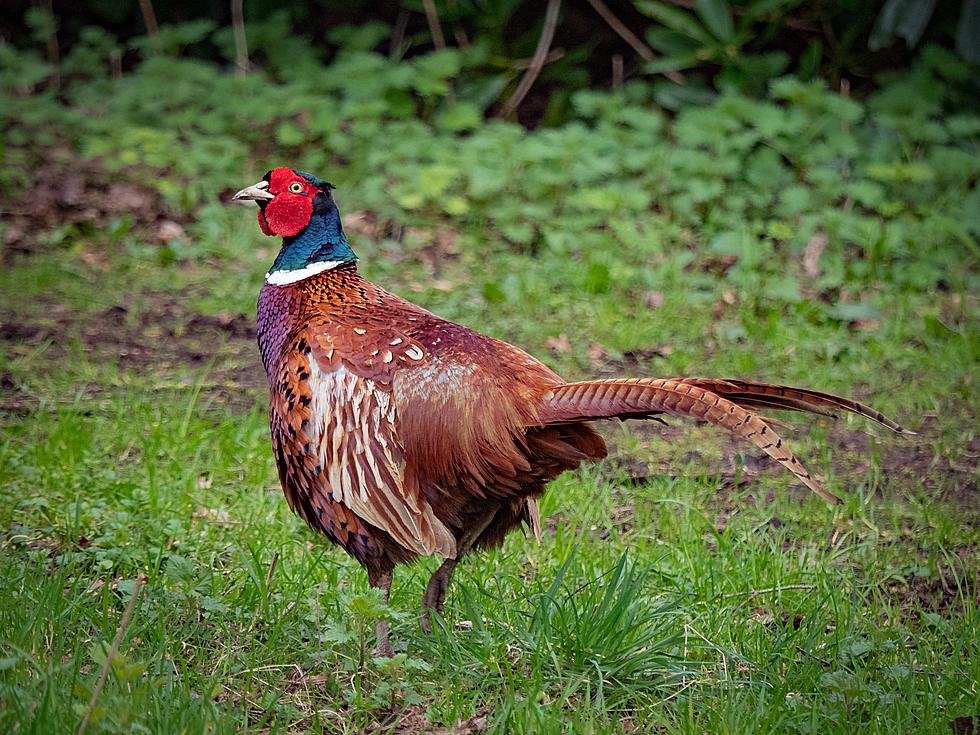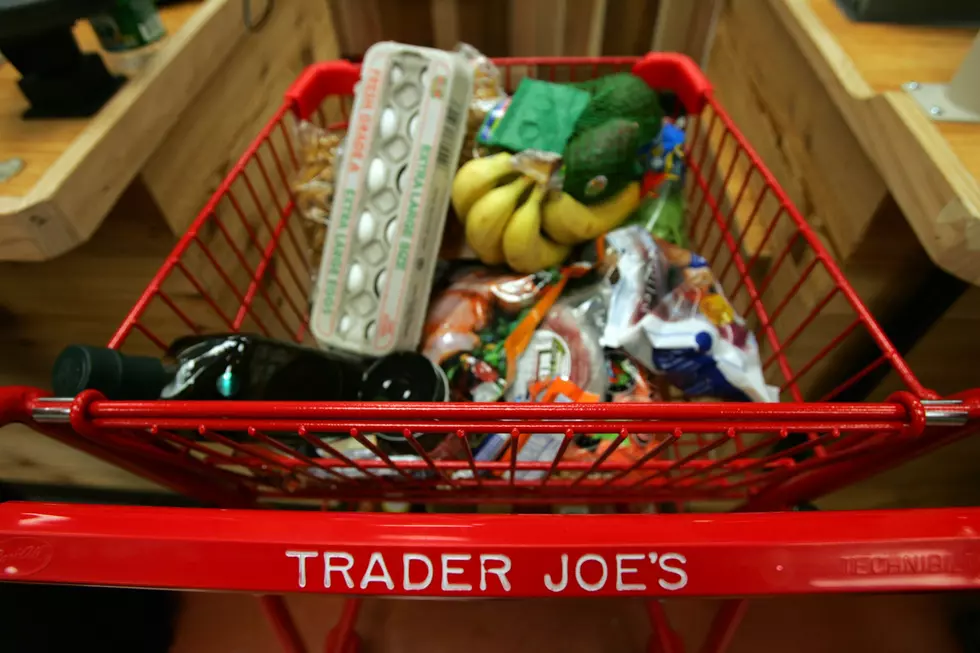
The Debate Over New York’s Pheasant Breeding Program
New York State's pheasant breeding program, initiated in 1909 to provide sport for hunters, has come under recent scrutiny as critics question its effectiveness and ethical implications.

An audit of the breeding program has revealed low survival rates for the pheasants, significant associated costs, and concerns over conservation efforts. As the debate unfolds, stakeholders consider the program's future and explore alternative strategies for wildlife preservation.
Questions Raised Over Pheasant Survival Rates
Recent findings suggest that New York State's pheasants face significant challenges in surviving after release. Only about 44% of the approximately 30,000 pheasants released each year are successfully bagged by hunters which leaves a considerable number unequipped to survive the winter. Pheasants raised in captivity lack the necessary skills to forage for food and avoid predators, leading to low survival rates in the wild.
Ethical Implications of Pheasant Breeding and Conservation Concerns
Critics argue that the breeding program's main objective is to provide hunting opportunities rather than restore wild pheasant populations. This raises ethical questions about the state's role in breeding animals for the sole purpose of being hunted. As the program diverts financial resources from genuine conservation efforts, some argue that the funds should be directed toward more pressing environmental issues.
Financial Costs and Disease Outbreaks in Breeding Pheasants
The cost of New York State's pheasant breeding program is substantial, amounting to $750,000 per year. This expense covers the breeding and rearing of pheasants, which are then released on state-owned lands for hunting. Additionally, recent disease outbreaks, like the H5N1 avian flu, have resulted in the depopulation of the breeding flock at the Reynolds Game Farm, incurring extra expenses for the state.
Calls for Change in Pheasant Breeding and Legislative Action
In response to these concerns, Assembly Member Linda Rosenthal has introduced a bill that would prohibit the state from continuing to propagate pheasants. Rosenthal argues that the program lacks a conservational purpose and represents state-sponsored cruelty toward animals. She advocates redirecting the funds towards genuine conservation projects that address the current ecological crisis.
Alternative Solutions to Pheasant Breeding
While the pheasant breeding program remains under scrutiny, conservationists and animal welfare advocates are exploring alternative strategies for wildlife preservation. They propose focusing on habitat restoration, protecting natural landscapes, and conserving native species. By prioritizing genuine conservation efforts, advocates believe that New York State can address environmental challenges more effectively.
SEE ALSO: Bird Flu Outbreak at New York’s Sole Supplier of Pheasants
Rescue and Rehabilitation of Pheasants
Concerned citizens and organizations, such as Humane Long Island and the Evelyn Alexander Wildlife Rescue Center, have taken an active role in rescuing pheasants in distress. These efforts aim to provide them with proper care, rehabilitation, and, in some cases, relocation to sanctuaries. Such actions highlight the need for compassionate approaches that prioritize the welfare of animals.
The Future of New York's Pheasant Breeding Program
The debate surrounding New York State's pheasant breeding program continues to unfold. While those in favor argue that it provides hunting opportunities and promotes the development of ethical practices in novice hunters, critics voice concerns over low survival rates, the program's financial burden, and the necessity of breeding animals for sport. The decision on the program's future remains in the hands of legislators, who must carefully consider all perspectives.
29 Beautiful Backyard Birds of New York State
Gallery Credit: Traci Taylor
How To Help Abandoned Baby Wildlife Found On Your Property
Gallery Credit: Traci Taylor
More From 98.1 The Hawk









